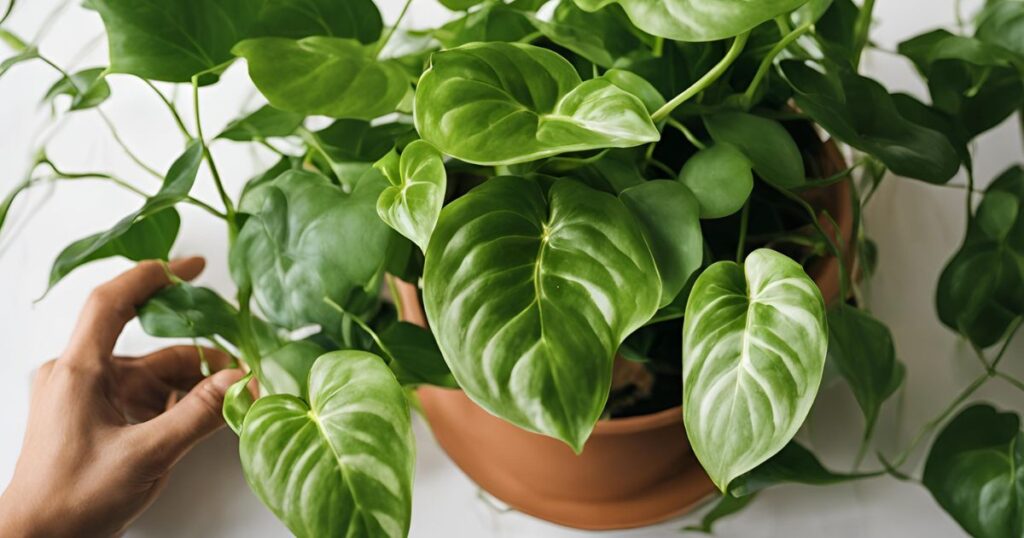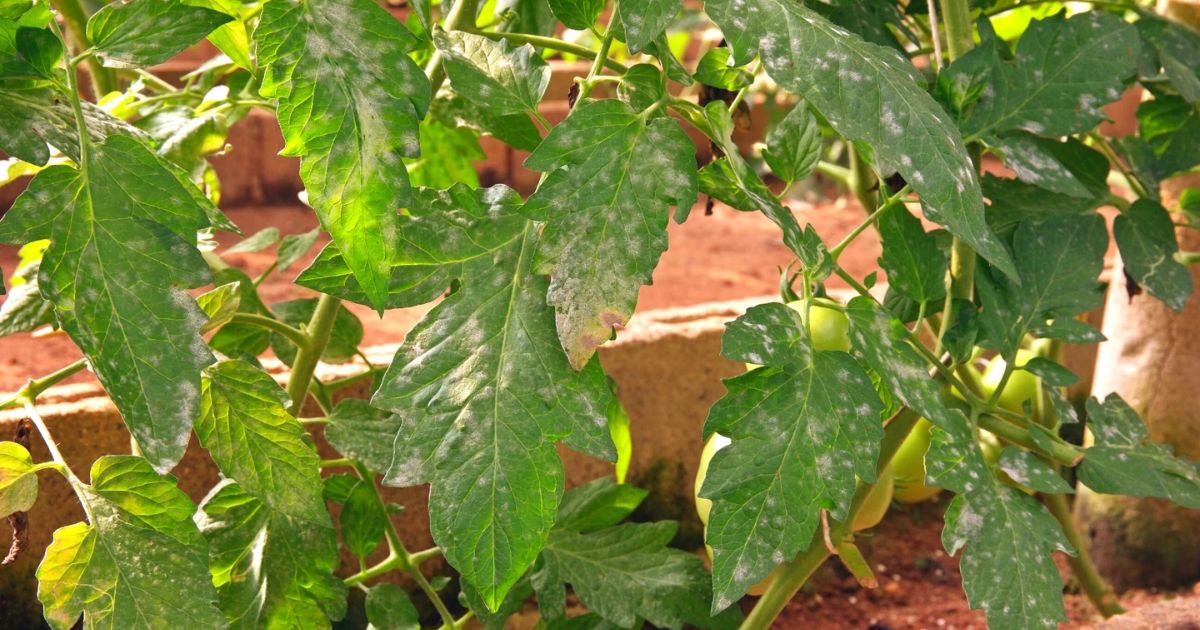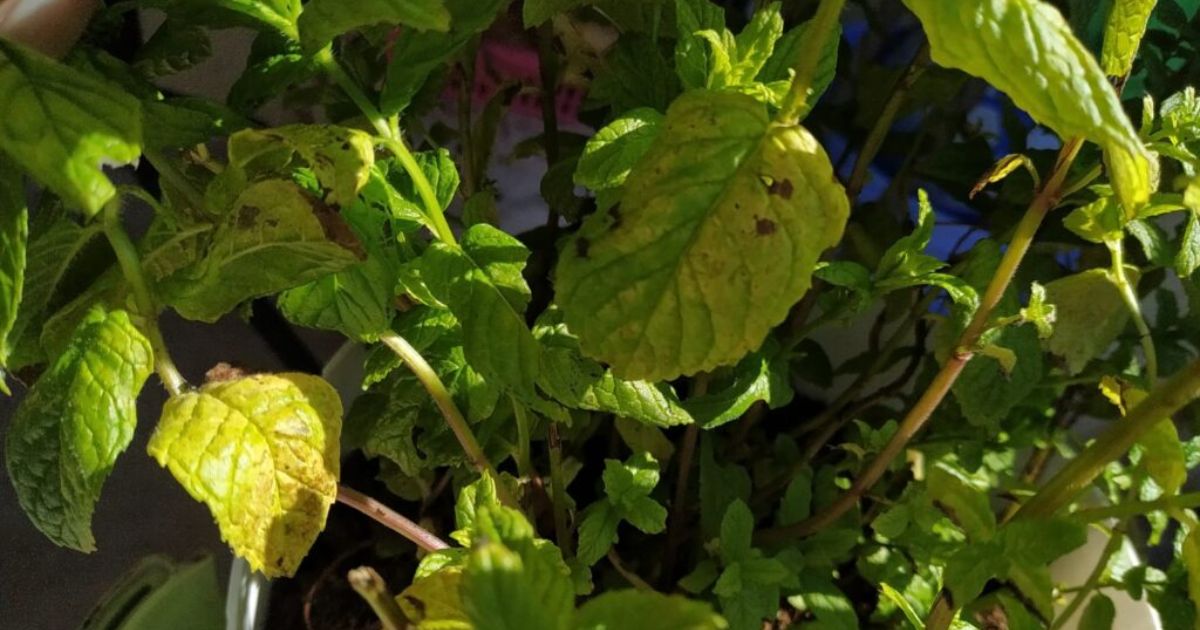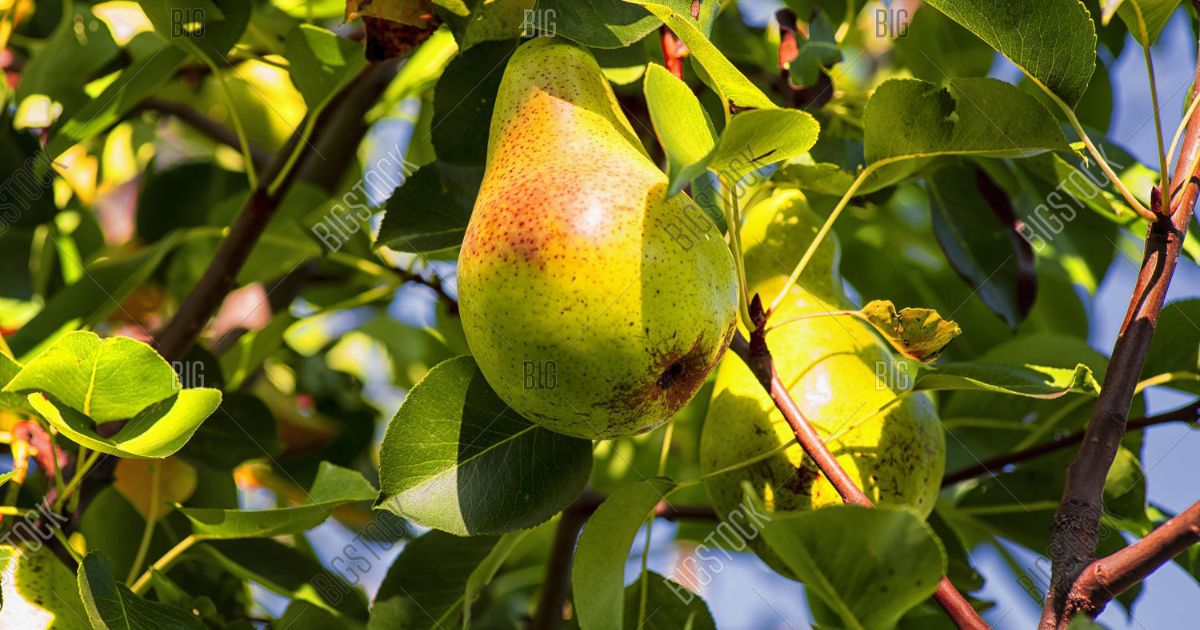Golden Pothos (Epipremnum aureum) is one of the most popular and low-maintenance houseplants. It is loved for its vibrant green leaves and ability to thrive in various conditions. Whether you’re a beginner or a seasoned plant enthusiast, knowing how to care for Golden Pothos in water and soil ensures your plant stays healthy and lush. This versatile plant can grow beautifully in a pot filled with nutrient-rich soil or thrive in a simple glass jar of water, making it an excellent choice for any home or office.
In this guide, we’ll explore how to care for Golden Pothos in water and soil, covering essential tips on watering, light requirements, fertilization, and common issues to watch out for. Whether you prefer the soil method for a more traditional approach or love the aesthetic of water propagation, this article will help you choose the best option for your lifestyle. Let’s dive into the best practices to keep your Golden Pothos thriving!
Understanding Golden Pothos Growth
Golden Pothos (Epipremnum aureum) is a hardy, fast-growing vine indigenous to Southeast Asia’s tropical woods and the Solomon Islands. In its natural habitat, this plant climbs trees using aerial roots, stretching towards sunlight while thriving in the humid, philodendron or devil’s ivy shaded understory. Thanks to its adaptability, Golden Pothos can flourish in various indoor environments, making it a favourite among plant enthusiasts.
One of Golden Pothos’s key benefits is its air-purifying properties. According to studies by NASA, pothos can help remove toxins like formaldehyde, benzene, golden pothos preferred temperature and xylene from indoor air, improving air quality in homes and offices. Beyond its functional benefits, this plant’s cascading Heart-shaped leaves and tendrils provide some greenery to any space, whether hanging from a basket or placed on a shelf.
Golden Pothos is also incredibly versatile when it comes to lighting. It can thrive in low, medium, or bright indirect light, perfect for well-lit and dimly lit rooms. While it grows fastest in bright, indirect light, it can survive in low-light conditions, though its leaves may become less variegated. This resilience makes Golden Pothos an ideal choice for beginners and busy plant owners who want a stunning, easy-care houseplant.
How to Care for Golden Pothos in Water
One of the simplest houseplants to cultivate is golden plant in water, making it an excellent option for those who prefer a low-maintenance, soil-free approach. However, providing the right conditions is essential to keep your plant healthy and thriving. Here’s how to properly devil’s ivy care for Golden Pothos in water:
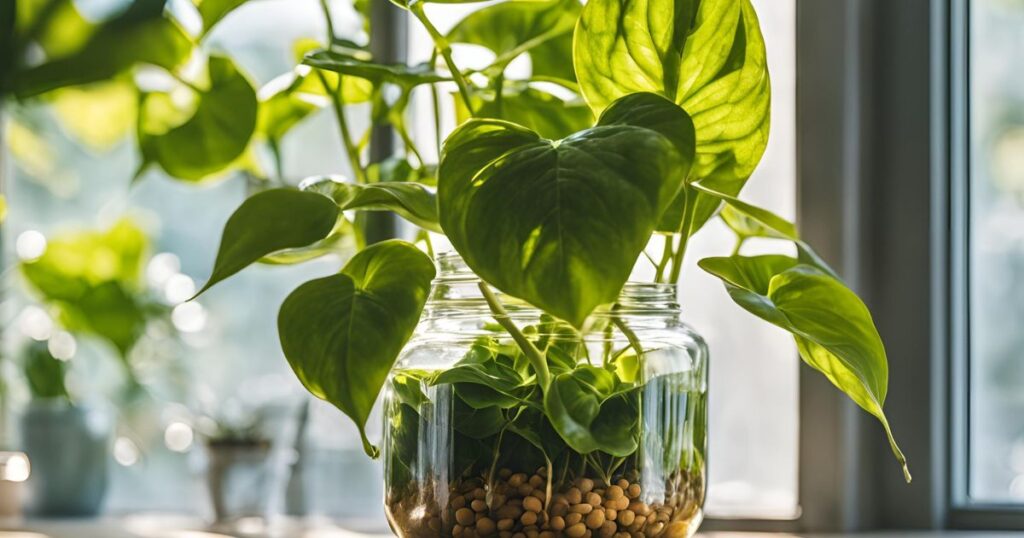
(a) Choosing the Right Container
Selecting the correct container is essential for maintaining healthy root growth. A clear glass jar or vase is the best choice, as it allows you to monitor root development and spot any issues, such as algae buildup or root rot. Avoid using metal containers, as some metals can leach into the water and negatively affect the plant’s health. If you prefer a decorative look, opt for ceramic or plastic vases that are safe for water propagation.
(b) Water Quality and Maintenance
Golden Pothos thrives best in filtered or distilled water since tap water often contains chlorine and other chemicals that can hinder growth. How to Grow Asparagus Ferns If using tap water, let it sit outside for a whole day to let the chlorine dissipateTo maintain optimal plant health, change the water every 1–2 weeks to prevent bacteria, algae, and mineral buildup. Freshwater ensures the roots receive enough oxygen and nutrients, keeping the plant vibrant.
(c) Light Requirements
Lighting is essential to the development of water-grown pothos. Keep your plant in bright, indirect light to promote healthy leaf and root development. An ideal location is near a north—or east-facing window. Avoid placing your pothos in direct sunlight, as excessive exposure can scorch the leaves and encourage algae growth in the water. A grow light can help maintain healthy growth if natural light is insufficient.
(d) Fertilizing Pothos in Water
Since water lacks the natural nutrients in the soil, your pothos will need occasional feeding. Use a liquid fertilizer formulated for houseplants, adding a few drops to the water once a month. Avoid over-fertilising, as excess nutrients can lead to algae buildup and slow growth. Why Fall is the Best Time to Plant Trees If you notice green slime forming in the water or on the roots, reduce fertilization and clean the container thoroughly.
(e) Common Problems and Solutions
Even though Golden Pothos is easy to care for in water, some issues may arise. Here are common problems and how to fix them:
- Yellowing leaves → Change the water regularly and inspect the roots for rot. Trim any mushy or darkened roots before refreshing the water.
- Slow growth → Ensure the plant receives enough indirect sunlight and add diluted liquid fertilizer to boost nutrients.
- Algae buildup → Keep the container away from direct sunlight and clean it regularly to prevent excessive algae growth.
These easy care guidelines can help you enjoy thriving Golden Pothos in water with minimal effort. Whether placed on a desk, shelf or as a centrepiece, this plant adds a fresh, vibrant touch to any indoor space! how to tell if an avocado is ripe
How to Care for Golden Pothos in Soil
The resilient and versatile golden picture of pothos plant grows well in soil with minimal effort. This trailing vine can grow lush and vibrant with the proper care, making it a perfect addition to any indoor space. Here’s everything you need to know about caring for devils ivy Golden Pothos in soil:
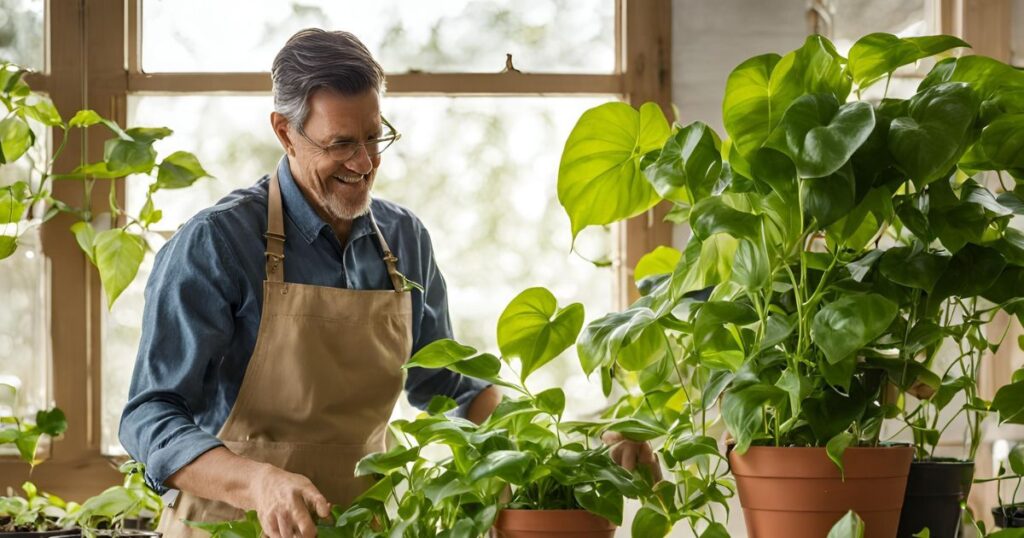
(a) Choosing the Right Soil
Selecting the proper soil is crucial for keeping your pothos healthy. Make use of potting mix that efficiently drains and comprises peat moss, perlite, or coco coir to promote aeration and prevent water retention. Avoid using dense or compact soil, goldchild ivy as it can trap excess moisture, leading to root rot. A high-quality indoor potting mix designed for houseplants works best. You can improve drainage by adding extra perlite or sand to the mix if necessary.
(b) Watering Guidelines
Golden Pothos doesn’t require frequent watering, making it an easy-care plant. When the soil’s top one to two inches is dry, water the plant. Use your finger to check moisture levels before watering. Overwatering can cause root rot, so always ensure To let extra water out, your pot features drainage holes. Leaf yellowing may be a sign of over irrigation, while drooping leaves may indicate underwatering.
(c) Light and Temperature
Bright, indirect light is ideal for golden pothos growth, however is also highly tolerant of low-light conditions. If placed in a dimly lit area, the plant may grow more slowly and lose some of its vibrant variegation. Place your pothos near a devils ivy buy north- or east-facing window where they receive indirect sunlight to encourage healthy growth. Avoid direct sunlight as much as possible burn the leaves.
Temperature-wise, Golden Pothos prefers a warm indoor environment. The ideal range of temperatures is 18 to 29°C (65 to 85°F). Avoid placing the plant near air conditioners or chilly gusts, or heating vents, as sudden temperature changes can stress the plant.
(d) Fertilizing Pothos in Soil
To keep your pothos growing strong, fertilize them during the growing season (spring and summer) every four to six weeks using a balanced liquid fertilizer for houseplants. A general-purpose fertilizer with a balanced NPK ratio (10-10-10 or 20-20-20) works well. Reduce feeding in the fall and winter, plant scindapsus aureus as plant growth slows down and excess nutrients may lead to salt buildup in the soil.
(e) Common Issues and How to Fix Them
Even though Golden Pothos is a low-maintenance plant, you may occasionally encounter some issues:
- Drooping leaves → Overwatering or underwatering may be the cause of this. Verify the soil’s moisture content and modify your watering schedule as necessary.
- Brown tips → Low humidity or inconsistent watering may dry the leaf tips. Use a humidifier, place a humidity tray close by, or spritz the leaves occasionally to increase humidity.
- Yellowing leaves → frequently an indication of inadequate drainage or overwatering. Make sure your pot has drainage holes, and let the soil dry before watering again.
Following these simple care tips, marble queen devil’s ivy you can enjoy a lush and thriving Golden Pothos in the soil. Whether in a pot on a shelf or from a hanging basket, this plant will bring beauty and greenery to any indoor space! catfacing on tomatoes
Propagating Golden Pothos in Water and Soil
One of the simplest houseplants to care for is golden pothos propagate, making it a favourite among plant lovers. Whether you choose water or soil propagation, you can quickly grow new plants from cuttings and expand your pothos collection. Here’s how to successfully propagate Golden Pothos:
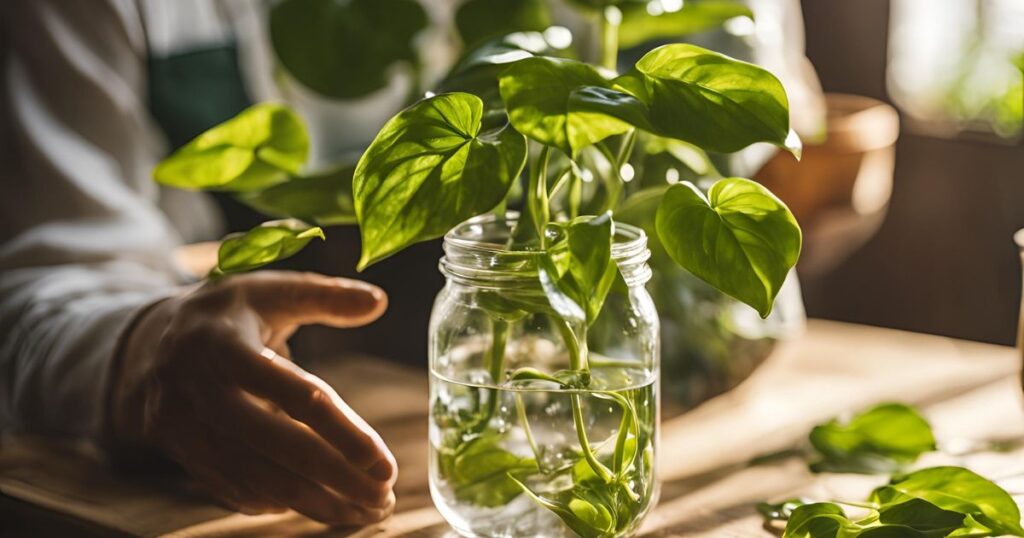
(a) Water Propagation
Propagation of water is an easy and efficient method to grow new pothos plants while enjoying a beautiful display of cuttings in a glass jar.
- Take a Healthy Cutting – Using clean scissors or pruning shears, cut a 4–6 inch vine immediately beneath a node, which is the little protuberance on the stem where roots will grow). Ensure your cutting has at least 2–3 leaves and one node for successful rooting.
- Place in Water—Fill a clear glass jar or vase with filtered or distilled water. Submerge the node in the water while keeping the leaves above the surface.
- Provide Proper Light – Keep the jar in bright, indirect light to encourage healthy root development.
- Monitor Root Growth—Roots typically appear within 1–2 weeks. Once they grow at least 2–3 inches long, you can transfer the cutting into soil or continue developing it in water.
- Change Water Regularly – Replace the water every 4–7 days to stop the growth of bacteria and make sure the roots receive fresh oxygen.
(b) Soil Propagation
Soil propagation is another excellent method that allows your pothos cuttings to establish strong roots directly in the growing medium.
- Prepare the Cutting – Like water propagation, take a 4–6 inch cutting from a healthy vine, ensuring it has at least one node and a few leaves.
- Plant in Soil: Put some well-draining potting mix in a small pot. containing peat moss or perlite. Make a small hole and insert the cutting, with the node buried in the soil.
- Keep Soil Moist – Water the soil lightly to keep it consistently moist but not soggy during the initial rooting phase.
- Create Humidity—To speed up rooting, Place the pot in a humid environment or cover it with a plastic bag to trap moisture.
- Provide Indirect Light—For optimal growth, keep the pot bright, use indirect light, and maintain temperatures between 65–85°F (18–29°C).
- Check for Root Growth – In about 3–4 weeks, gently tug the cutting to see if roots have developed. Once it resists pulling, it’s successfully rooted and ready to grow! how far apart to plant strawberries
Final Tips for Successful Propagation
- Multiple Cuttings: Plant several together in one pot for a fuller look.
- Avoid Overwatering: Too much moisture can cause root rot in soil propagation. Let the top layer of soil dry a little between waterings.
- Be Patient: Some cuttings may take longer to root, so give them time and monitor their progress.
Following these simple steps, devils ivy care you can propagate Golden pothos aureus effortlessly and enjoy new trailing vines throughout your home! Top 15 Small Evergreen Flowering Shrubs for Tiny Yards
Conclusion
Golden Pothos is a versatile and low-maintenance plant that thrives in water and soil, making it a fantastic choice for beginners and experienced plant lovers. Whether you grow it in a care must be taken to keep your pothos healthy and flourishing, whether you’re using a glass jar with water or a potting mix that drains effectively. Regular watering, adequate light, occasional fertilizing, and monitoring for common issues like yellowing leaves or slow growth will ensure your plant remains lush and vibrant.
By understanding how to care for Golden Pothos in water and soil, you can enjoy its beauty as a trailing vine, tabletop plant, or hanging greenery in any indoor space. Its air-purifying benefits, easy propagation, and adaptability make it a must-have for any plant collection. With just a little attention and care, your hanging ivy plant will reward you with stunning foliage and continuous growth for years to come!
FAQ:
1. Can Golden Pothos grow in just water forever?
Yes, Golden Pothos can grow in water indefinitely, but you’ll need to change the water every 1–2 weeks and use a liquid fertilizer once a month to replenish nutrients.
2. How often should I water my Golden Pothos in soil?
Water your pothos as soon as The top inch or two of soil feels parched. Root rot may result from overwatering, so make sure the pot has enough drainage.
3. What type of soil is best for Golden Pothos?
The best potting mix is one that drains properly and contains perlite or peat moss. Avoid heavy, water-retentive soils that can cause root rot.
4. Can I move my pothos from water to soil?
Yes! Once the roots in the water You can move the cutting to the soil once they are at least 2-3 inches long. Water it lightly for the first few weeks to help it adjust.
5. How much light does Golden Pothos need?
Although it can withstand low light levels, golden pothos prefers bright, indirect light. Steer clear of the sun since it can burn the leaves.

